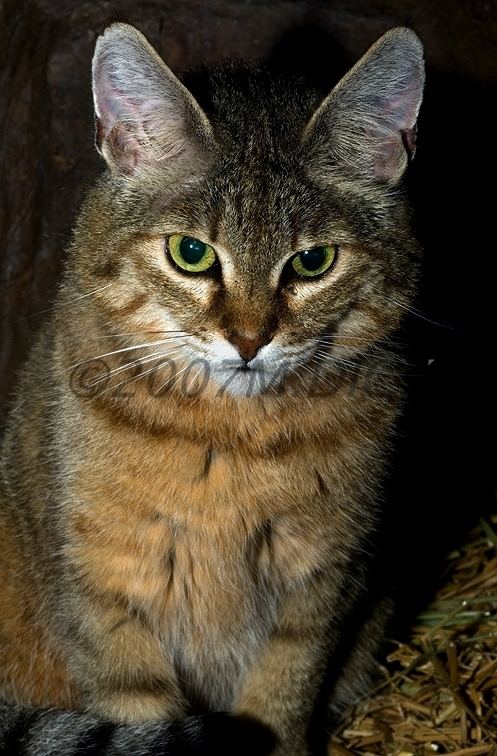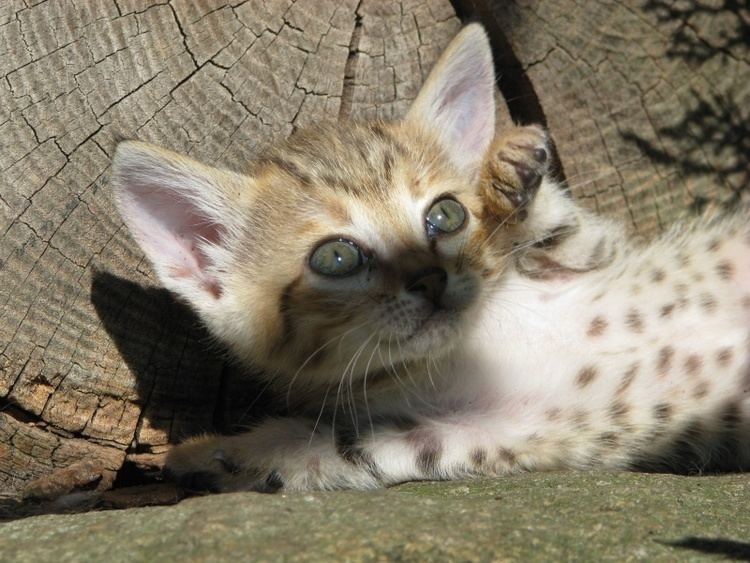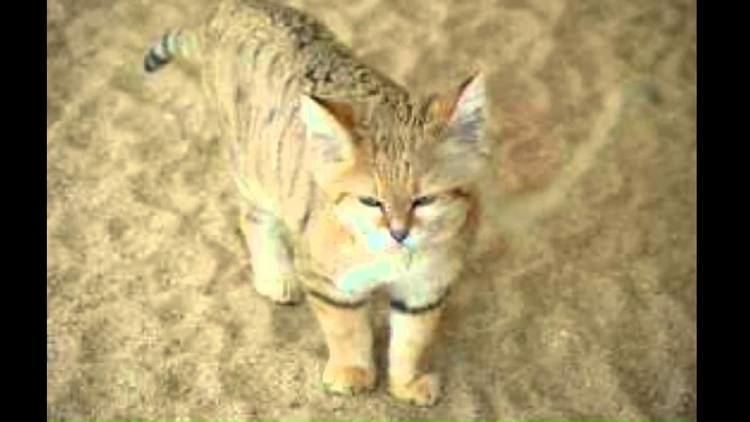Subspecies F. s. gordoni | Species F. silvestris Order Carnivores | |
 | ||
Similar Felis, Asiatic wildcat, Carnivores, Cretan wildcat, Southern African wildcat | ||
Arabian wildcat felis silvestris gordoni at dubai zoo 12 10 2013
The Arabian wildcat, or Gordon's wildcat, (Felis silvestris gordoni) is a wildcat subspecies that inhabits the Arabian Peninsula and was first described in 1968 by British ornithologist James Maurice Harrison. It was named in honour of Major A.C. Gordon who collected the type specimen in Oman.
Contents
- Arabian wildcat felis silvestris gordoni at dubai zoo 12 10 2013
- Arabian wildcat
- Description
- Distribution and habitat
- Ecology
- Status
- References

Arabian wildcat
Description

The Arabian wildcat is quite similar to a domestic cat in size and appearance. Its fur is short and dense, greyish-brown, ash grey or buff, with dark markings on the head and dark banding on the body, limbs and near the tip of the tail. The underparts are whitish and there are black hairs between the black pads on the soles of the feet.
Distribution and habitat

This cat is endemic to northern Oman and parts of the United Arab Emirates. Its typical habitat is semidesert areas with rock and scrub where males maintain a territory which may measure several square km, and females a rather smaller territory.
Ecology

The Arabian wildcat is nocturnal; it is a solitary animal and has several dens, rock crevices, hollow trees or empty fox burrows, into which it can retreat in different parts of its territory. It feeds on jerboas, jirds and other small rodents, small birds, reptiles and large insects, obtaining most of its fluid needs from its food. It is fierce and agile Breeding takes place at most times of year. The male is drawn to the female by the pheromones she produces when she is sexually receptive. The gestation period is about sixty-five days and the litter size is usually three or four kittens. The young have spotted coats at first and are weaned after two or three months, but stay with their mother for several months more to learn hunting and survival skills.
Status
The range of the Arabian wildcat is small and it is one of the most threatened subspecies of wildcat. Historically persecuted by the Bedouin, its habitat is now increasingly being degraded for agricultural purposes. The most serious threat it faces may be that it hybridises with feral domestic cats, and there may be few pure-bred Arabian wildcats remaining in the wild. With this in mind, a captive breeding program was started in 1986 in Abu Dhabi, and other cats have been relocated to California and Germany, with an international studbook being kept at Cologne Zoological Garden.
